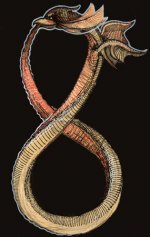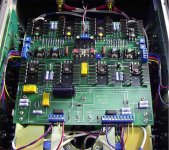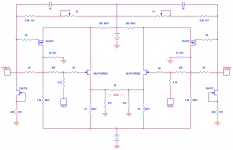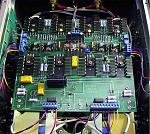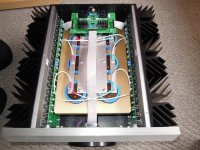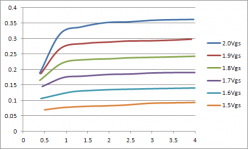flg, in post #47, Dr Mazzola has a way [in upcoming article] which enables a SemiSouth JFET to behave like a SIT. Zen Mod has promising results using Schade Feedback as he said in post #50. Dr. Mazzola may wish to early release a schematic of this hot topic.I recorded enough data points to see that I might have chosen a random sample that has a higher than the typical Vgs value from the data sheet. So, I find from the graph below that we do not see that triode-like curve, as I thought I was seeing yesterday. Hmmmm
Sorry about some of the details. X = Vds (V), Y = Ids (A).
btw.
anyone having SJEP170R550 LTSpice model ?
just having idea for small Ultrasymmetry gain stage
Bad ZM.
Please show schematic of idea if you wish. Great food for thought.btw.
anyone having SJEP170R550 LTSpice model ?
just having idea for small Ultrasymmetry gain stage
They look the same don't they?Hey ZM, maybe you could explain what's the difference between my "supersymetry" pre idea and "Ultrasymetry"...
A picture is worth a thousand words...

Ohh, Papa uses an extra pair of nasty gain devices???
Attachments
Last edited:
Not bad there ZM  I guess a little more Ids would be representative of our typical operating point.
I guess a little more Ids would be representative of our typical operating point.
Comparing my first graph to one with a source resistor (of ZM's Choice), we easily see the no Rsource configuration was begining to get much higher gain at higher current. The Vgs applied was nice even intervals of .1V. If the gain were stable or flat across the range I was testing, the the curves would also be at equal intervals. As can be seen in the graph with the Rs of .25

Comparing my first graph to one with a source resistor (of ZM's Choice), we easily see the no Rsource configuration was begining to get much higher gain at higher current. The Vgs applied was nice even intervals of .1V. If the gain were stable or flat across the range I was testing, the the curves would also be at equal intervals. As can be seen in the graph with the Rs of .25
I will attend PCIM-Europe this year (again) and listen (again) to Infineon announce this JFET. How many times now? These devices were developed by a small German company called SiCED that Siemens and Infineon invested in. They've been trying to find a market for these things for 10 years. I bought some when they were made by SiCED, which Infineon then acquired. I'm trying to find the parts lost in my lab somewhere to see if they might be good for audio. I remember they weren't much good for switching due to depletion mode with very negative pinch-off voltage. Infineon is trying to fix that by selling a dedicated gate driver chip and giving it a catchy name like "CoolSiC" to co-market with their "CoolMOS" brand super-junction silicon MOSFETs. For audio, it's all in the saturation characteristics. Depletion mode is like a tube, so many audio folks won't care. I don't think they will be cheap.
If you do not find them in you lab I could have a look in mine and borrow you some. I think I am to busy and not experienced enough for audio applications ;-)
- Status
- This old topic is closed. If you want to reopen this topic, contact a moderator using the "Report Post" button.
- Home
- Amplifiers
- Pass Labs
- SemiSouth boiler room



